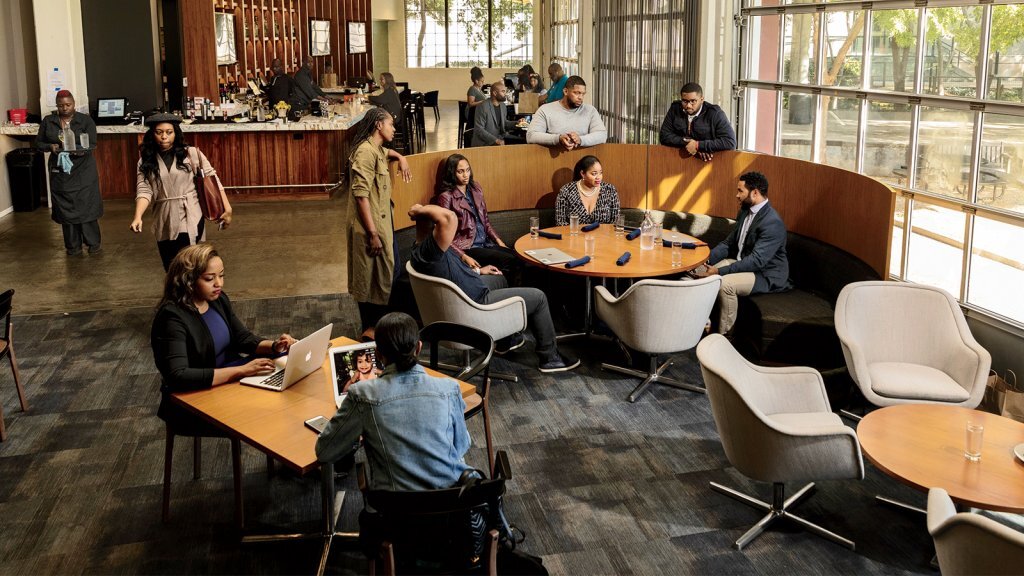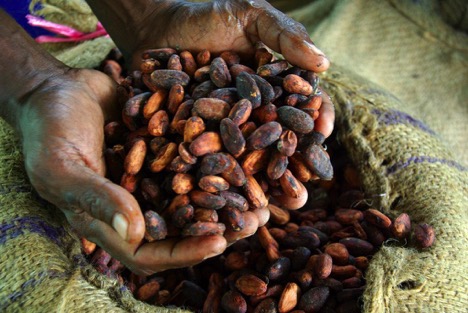By Namon Freeman
- At the beginning of April, there were more than 16.5 million new unemployment claims across the U.S.
- The Black unemployment rate in March was 6.7%, higher than any other ethnic group
The urgent need to quantify economic impacts of the coronavirus pandemic has prompted many to question whether the unemployment rate is the appropriate measure of economic health. During the month of March, the Bureau of Labor Statistics reported the unemployment rate only jumped 0.9% from the prior month. This metric doesn’t begin to reflect what people are feeling on the ground, because job losses due to that wave of March shutdowns, which disproportionately affected minorities workers may not be visible until the Bureau of Labor Statistics releases its April report at the end of this week.
Why This Matters: It’s unlikely that the unemployment rate will ever capture the job losses of part-time, informal and gig workers, due to a lapse in data that’s bound to heavily affect Black people. Vulnerable industries like retail, leisure and entertainment have an overrepresentation of young people, women and minorities who have seen larger declines in unemployment compared to other groups. Over 25% of these vulnerable workers are employed in food service and drinking establishment industries. If these workers are filing for unemployment insurance let’s hope they’ve been reporting their tips.
U.S., and state agencies saw 10-times the weekly volume they saw during the Great Recession of 2008
COVID-19’s impact on American society has been swift, though the economic ramifications may not be realized for years to come. Currently, the nation’s labor participation rate declined sharply by 0.7% down to 62.7% during the month of March, implying the economic fallout of the pandemic could be much greater than the uptick in unemployment suggests. At the beginning of April, there were more than 16.5 million new unemployment claims across the U.S., and state agencies saw 10-times the weekly volume they saw during the Great Recession of 2008.
Situational Awareness: Minority laborers represent a significantly larger percentage of vulnerable employees, especially in cities like New York, Washington D.C. and Chicago, where there are more than 500,000 vulnerable workers who make up nearly half of that group. As the nation struggles to process unemployment claims and support businesses many families will be struggling to put food on the table and pay their rent, the majority of those families will be Black.
CBx Vibe: “Work REMIX” ASAP Ferg









